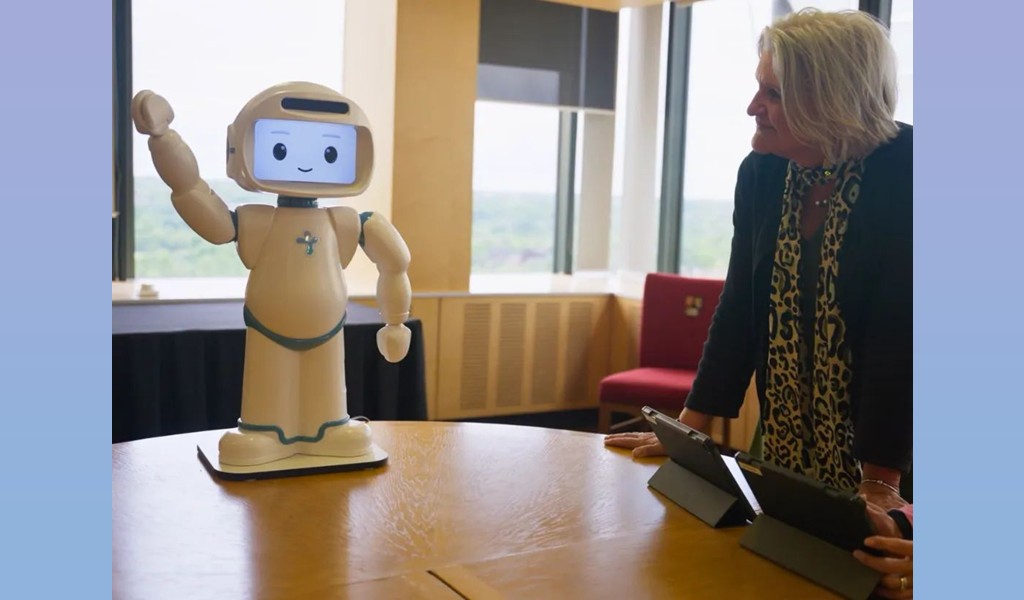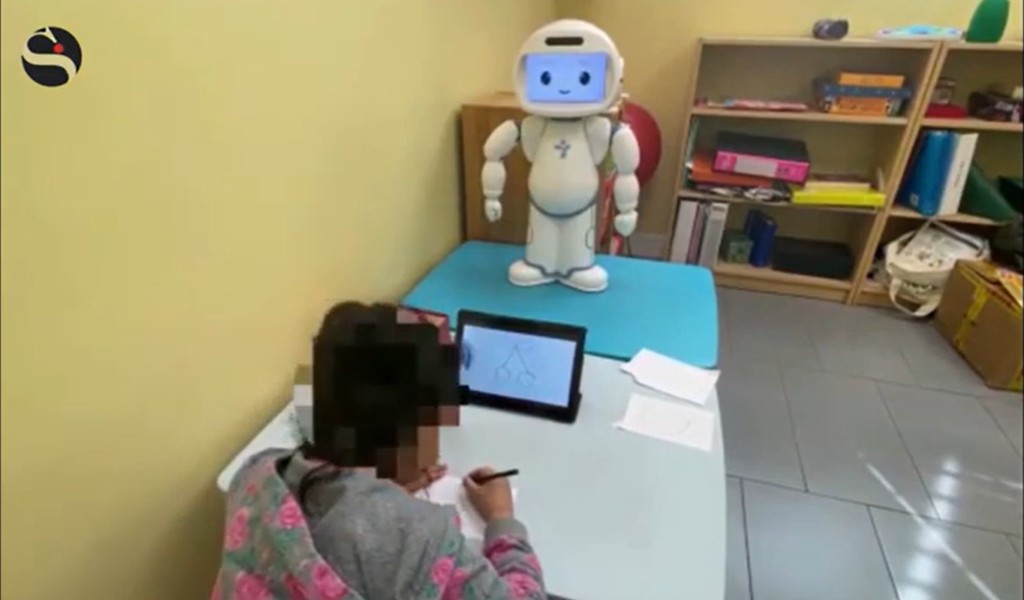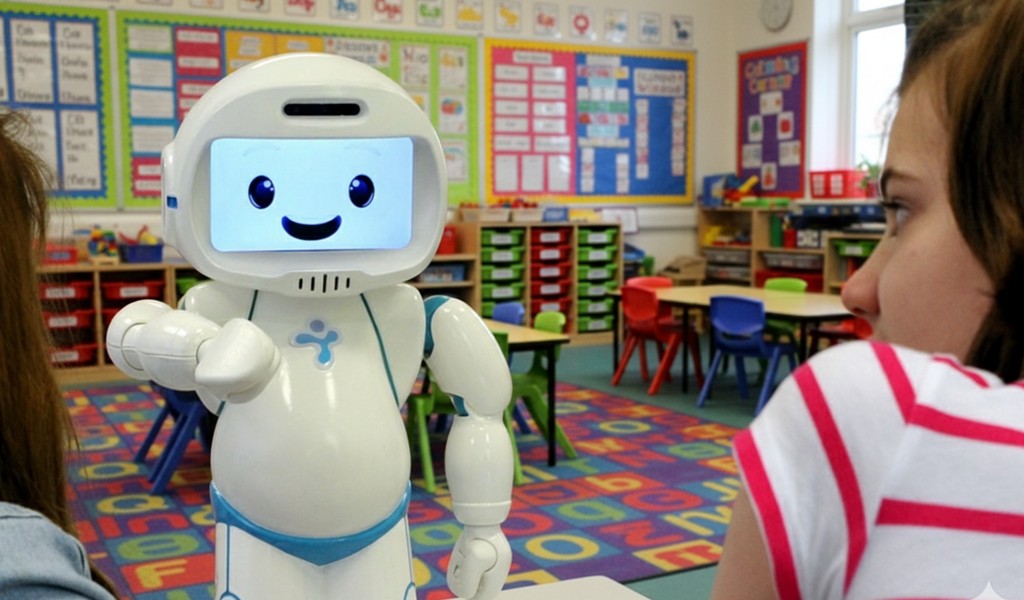A new study published in Mekatronika journal explores an exciting advancement in autism support technology: integrating a gesture recognition system into QTrobot using MediaPipe posture recognition.
The Challenge
Children with Autism Spectrum Disorder (ASD) often face difficulties in developing imitation skills, a fundamental part of early learning and social development. Enhancing these skills through therapy is essential—but traditional methods can sometimes be repetitive or resource-intensive.
The Solution: QTrobot + MediaPipe
Researchers from the International Islamic University Malaysia set out to create a smarter solution. By integrating MediaPipe, Google’s powerful open-source body posture recognition framework, into QTrobot, they developed a system that can recognize children’s gestures and estimate their engagement during therapy.
MediaPipe provides highly accurate posture recognition, boasting a 94.33% average accuracy in recognizing predefined gestures like T Pose, Victory Pose, and Salute Pose—even when participants were slightly turned away from the camera. Combined with QTrobot’s expressive and interactive features, the setup creates a highly engaging therapy experience.
The Experiment and Results
Twenty healthy adult participants tested the system by imitating QTrobot’s gestures. The study measured gesture recognition accuracy, frame rates, and participants’ satisfaction (using a Technology Acceptance Model questionnaire)
Results showed excellent performance:
94.33% overall gesture recognition accuracy
10.5 frames per second processing speed
High participant satisfaction, finding the interactions enjoyable and useful
Notably, half the participants achieved 100% accuracy while the others ranged between 77% and 91%—an impressive outcome validating the system’s robustness.
Key Takeaways
Enhanced Engagement: Using a humanoid robot like QTrobot with intelligent posture recognition can make therapy sessions more interactive and motivating for children with ASD.
Accessible Technology: MediaPipe’s flexibility and high accuracy enable wider deployment of gesture-recognition systems on platforms like QTrobot.
Real-World Potential: While further development is needed to fully automate the system and recognize mirrored gestures more efficiently, the results show strong potential for clinical and educational use.
Looking Ahead
The study suggests the next steps will focus on making QTrobot fully autonomous in managing gesture-based interactions and refining the system to work smoothly in real-world therapy settings, which can often involve variable lighting and unpredictable movements.
This exciting research underscores how integrating cutting-edge AI technology into assistive robots like QTrobot can meaningfully impact special needs education and therapy, offering children more opportunities to engage, learn, and thrive.
Reference:
El-Muhammady, M. F., et al. “Utilization of Mediapipe Posture Recognition for the Usage in Estimating ASD Children Engagement Interacting with QTrobot.” Mekatronika: Journal of Intelligent Manufacturing and Mechatronics 6.2 (2024): 1-11.



